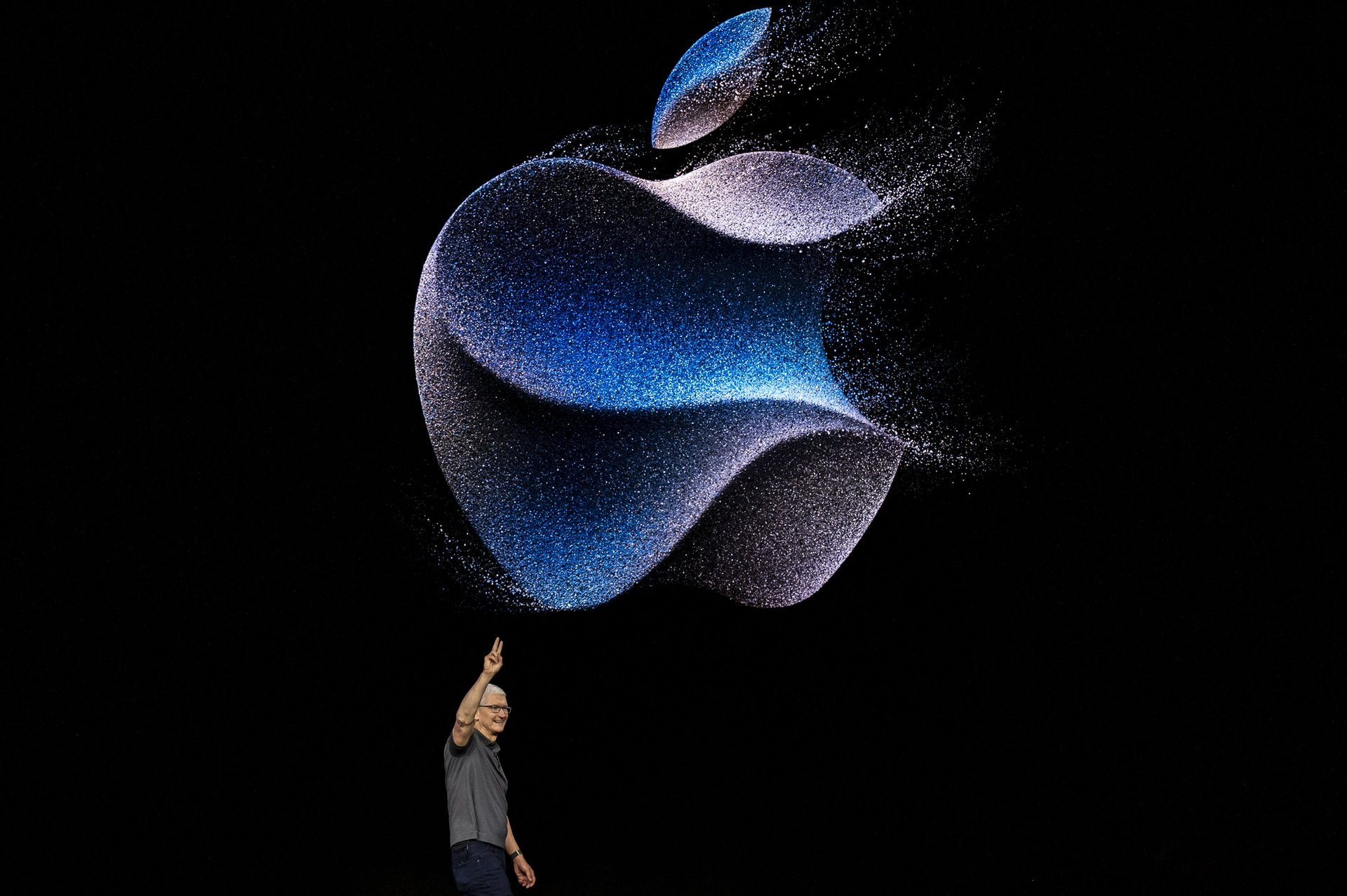Apple reports earnings today as iPhone sales are slumping. It still might surprise Wall Street
The tech giant has had a rough 2024 so far. But some analysts say there’s still reason to hope

Apple reports its first-quarter earnings after the bell Thursday.
Suggested Reading
The tech giant has had a rough 2024 so far. Its weak iPhone sales abroad, antitrust concerns, and rocky stock performance have all been causes for concern for investors. But some analysts say there’s still reason to hope that Apple can beat expectations and see its shares rise as high as $250 in the 12 months ahead.
Related Content
Here’s what has caused Apple’s stock price to dip in recent months — and what analysts expect on Thursday and in the months ahead.
Apple loses its ‘Magnificent Seven’ shine
Apple has been part of a group of high-flying Big Tech stocks dubbed the Magnificent Seven. But now it’s near the bottom of that group — and left out of a more exclusive one.
The tech company’s shares have fallen 10% year-to-date as Apple dealt with regulatory scrutiny at home and abroad as well as an iPhone sales slump in China. The Department of Justice in March sued Apple for allegedly creating an illegal monopoly in the smartphone market, prompting a tumble in Apple’s stock price — so steep that it lost over $100 billion in value in a single day. And demand for iPhones in China hasn’t been as weak as it is now since the beginning of the COVID-19 pandemic.
The result has been Apple, along with Tesla and Google parent Alphabet, being relegated to a lower tier of the Magnificent Seven. The best-performing stocks are now known by many analysts as the “Fab Four”: Microsoft, Facebook parent Meta, Amazon, and Nvidia.
Apple stock is still up about 2% over the last 12 months.
Mixed views on Vision Pro
Apple released its mixed-reality headset, Vision Pro, in February. But weak demand caused the company to slash its 2024 sales expectations for the product in half.
That’s not exactly shocking in the virtual reality subsector of the tech industry: Apple’s rival headset-maker, Meta, has been losing money on its virtual reality dreams since Mark Zuckerberg first claimed the metaverse was the way of the future in 2021.
Skeptics were also wary of Vision Pro’s hefty $3,500 price tag and big promises before its launch.
But top analysts still have faith in Apple
Analysts at Bank of America, Wedbush, and Morgan Stanley all advised buying Apple shares in recent notes to investors, placing their price targets for the stock between $210 and $250. Morgan Stanley analysts wrote on April 22 that overall iPhone demand remains stable despite the China slump, and they expect Apple earnings to slightly beat Wall Street’s forecasts. Wedbush analysts said it’s not over for Apple in China, foreseeing that anticipation for Apple’s AI-driven iPhone in 2025 will lift future demand in the country. And Bank of America’s Wamsi Mohan named Apple’s stock a “top pick” of the year on Monday.
Apple will probably announce stock buybacks
Mohan said last week that Apple is expected to announce the authorization of stock buybacks, reducing the number of its shares in circulation and thereby raising investors’ stakes and their return on future dividends. Share buybacks raise earnings per share and, usually, a company’s stock price.
Apple spent the most of any tech giant on stock buybacks over the last 10 years, paying a total of $621 billion to repurchase its own shares between 2013 and 2023. Google parent Alphabet spent about one-third of that figure on its stock over the same period. Over the last fiscal year, Apple doled out $78 billion on stock buybacks, reducing its number of outstanding shares by about 2%.